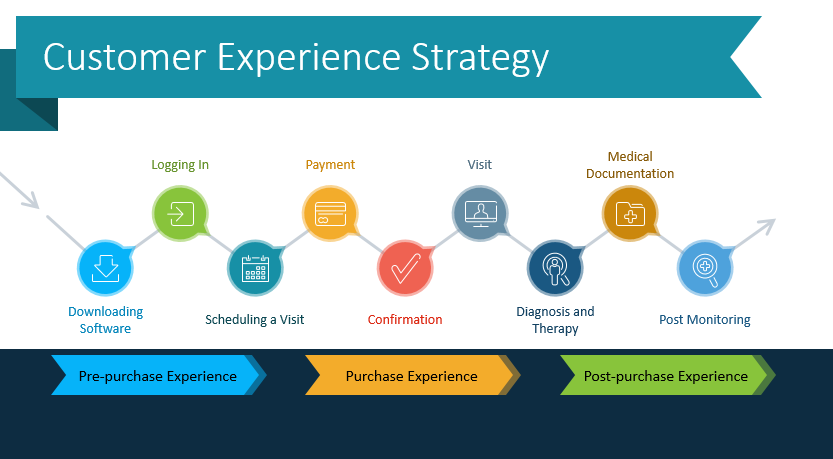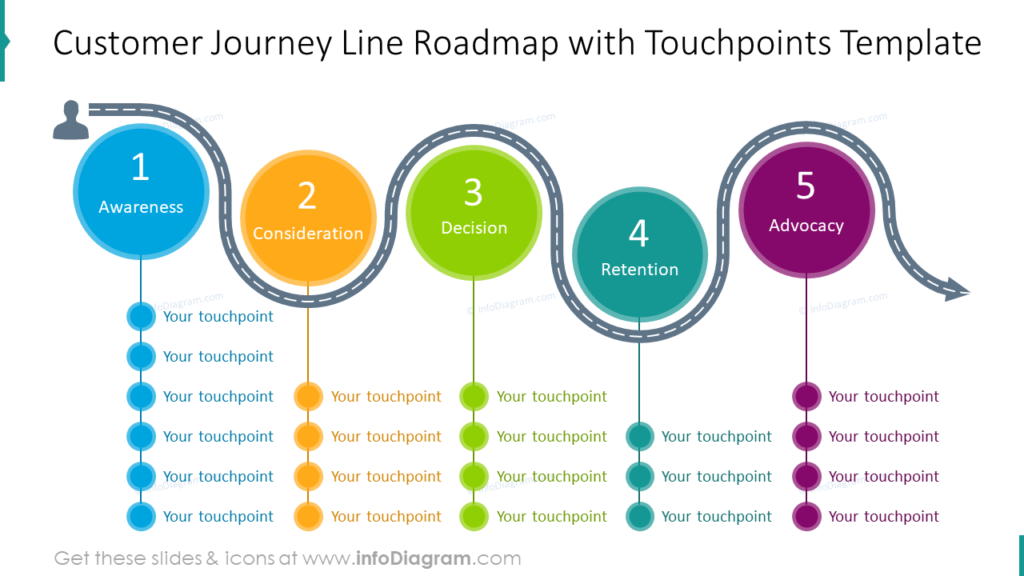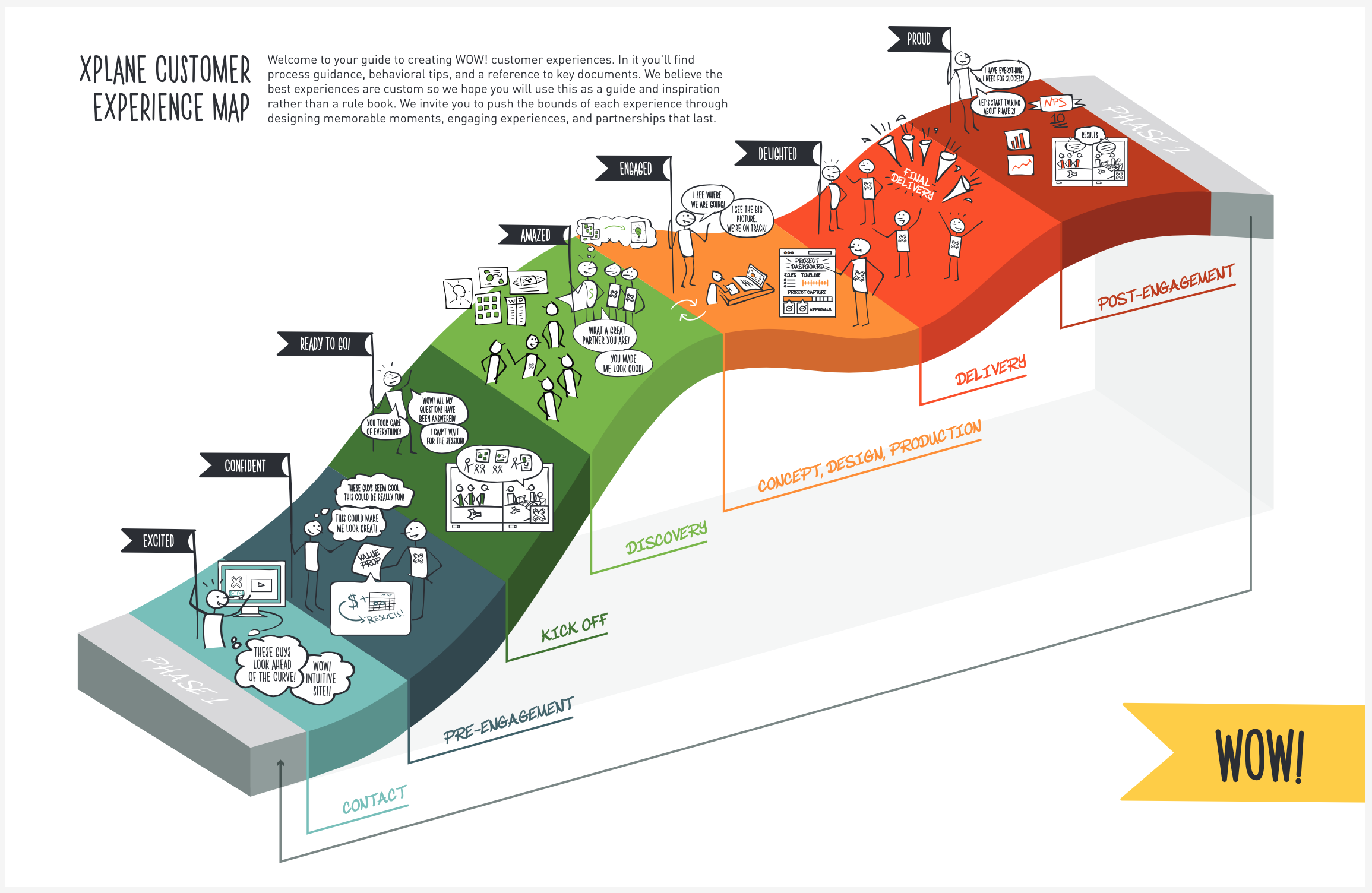Customer Experience
(2025-08-29T03:26.465Z)
Perplexity Deep Research Query
(2025-08-29T03:26
.465Z)
Question:
Write a comprehensive one-page article about "Customer Experience".
Structure the article as follows:
- Introduction (2-3 sentences)
- Define the term and its significance
- Provide context for why it matters
- Main Content (3-4 paragraphs)
- Explain the concept in detail
- Include practical examples and use cases
- Discuss benefits and potential applications
- Address any challenges or considerations
- Current State and Trends (1-2 paragraphs)
- Discuss current adoption and market status
- Mention key players or technologies
- Highlight recent developments
- Future Outlook (1 paragraph)
- Predict future developments
- Discuss potential impact
- Conclusion (1-2 sentences)
- Summarize key points
- End with a forward-looking statement
Important Guidelines:
- Use clear, accessible language
- Include specific examples and real-world applications
- Make it engaging and informative for a general audience
- Use markdown formatting for structure
Image References:
Include [IMAGE 1: Customer Experience concept diagram or illustration] after the introduction.
Include [IMAGE 2: Customer Experience practical example or use case] after the main content section.
Include [IMAGE 3: Customer Experience future trends or technology visualization] before the conclusion.
Replace "Customer Experience" with the actual vocabulary term in the prompt.
Model:
sonar-deep-research
🔍
Conducting exhaustive research across hundreds of sources...
This may take 30-60 seconds for comprehensive analysis.
Deep Research Analysis:
Information
The user is asking me to write a comprehensive one-page article about "Customer Experience" following a specific structure. Let me analyze the search results to gather comprehensive information and then structure the article according to their requirements.
From the search results, I can gather:
- Definition and significance:
- Customer experience (CX) is the perception a customer forms based on every interaction with a brand throughout the entire customer journey [lv0gid]
- It's about creating pleasant and comfortable interaction between a brand and its clients that lasts for the entire customer lifecycle and spans all channels and touchpoints [e5ldq5]
- According to PwC, 73% of consumers say CX is the No. 1 factor in purchase decisions [lv0gid]
- Main content - detailed explanation:
- CX encompasses three essential components: the customer journey, brand touchpoints and customer environments [e5ldq5]
- It goes through stages: pre-sale, in-purchase, and after-sale [e5ldq5]
- It's more holistic than traditional e-commerce - providing comprehensive approach centered on the client throughout entire brand interaction history [e5ldq5]
- Benefits and applications:
- Builds trust and brand loyalty early on [zxch4d]
- Drives word-of-mouth and organic growth [zxch4d]
- Enhances customer retention and lifetime value [zxch4d]
- Creates differentiation in saturated markets [zxch4d]
- Customer-centric companies are 60% more profitable [lv0gid]
- Companies that lead in CX grow revenue up to 80% faster [d8be77]
- Current state and trends:
- CX is now the #1 strategic focus for growing businesses worldwide [d8be77]
- AI-powered technologies for operations is the top trend for CX in 2025 [0gfpco]
- Following trends include generative AI chatbots, customer loyalty and retention, automation, conversational AI [0gfpco]
- 58% of customers will pay more for a better experience [d8be77]
- Challenges:
- High ticket volumes and backlogs [5fnjud]
- Lack of the right tools for customer support [5fnjud]
- Balancing automation with human touch [5fnjud]
- Lack of data accessibility [erfgu8] I'll continue analyzing the challenges and future outlook to develop a comprehensive understanding of customer experience strategies and emerging technologies.
This shows the AI's internal reasoning before generating the response.
Customer Experience: The Strategic Imperative Transforming Modern Business
Customer Experience (CX) represents the sum of every interaction a person has with a brand—from advertisements to checkout to support—encompassing the entire perception a customer forms throughout their complete journey with a company
[lv0gid]
. In today's hyper-competitive marketplace, CX has emerged as the primary differentiator, with 73% of consumers identifying experience as the number one factor in their purchasing decisions, second only to price and product
[lv0gid]
[a0200k]
.

Understanding the Customer Experience Ecosystem
Customer experience extends far beyond traditional customer service, encompassing a holistic approach that spans the entire customer lifecycle across all channels and touchpoints
[e5ldq5]
. The framework consists of three essential components: the customer journey itself, brand touchpoints (both digital and physical), and customer environments where interactions occur
[e5ldq5]
. This comprehensive approach differs significantly from conventional e-commerce models by prioritizing customer satisfaction over transactional outcomes, creating personalized experiences where every piece of information provided to clients is highly user-specific
[e5ldq5]
.
The customer journey typically unfolds across three critical phases. The pre-sale stage involves proactive and relevant information sharing and assistance across all channels, including in-store support, advertising, web experience, and engagement activities
[e5ldq5]
. During the in-purchase phase, customers experience decision-making, payment, checkout, and delivery processes
[e5ldq5]
. The after-sale phase encompasses product quality evaluation, ease of use, maintenance, support interactions, and feedback provision
[e5ldq5]
. Each phase presents opportunities to build trust, remove friction, and create memorable experiences that foster long-term relationships.
The business impact of exceptional customer experience is profound and measurable. Customer-centric organizations demonstrate 60% higher profitability compared to companies that don't prioritize customer focus
[2bom00]
. Companies leading in customer experience grow revenue up to 80% faster than their competitors
[d8be77]
, while also generating $700 million more over three years on average compared to CX laggards
[d8be77]
. Furthermore, 95% of consumers who rate a company's CX as "very good" are likely to recommend the company, and 94% are "very likely" to repurchase from that organization
[s37ed9]
.
Modern customers expect personalized, seamless, and lightning-fast experiences across every interaction. Research indicates that 71% of customers expect personalized experiences, 90% demand immediate responses to their questions, and 73% expect seamless journeys across all channels and devices
[a0200k]
. When these expectations aren't met, the consequences are severe: 32% of customers would stop doing business with a beloved brand after just one negative experience
[lv0gid]
, and one bad interaction causes one in three customers to abandon the relationship permanently
[d8be77]
.

Current State and Technological Evolution
The customer experience landscape in 2025 is being fundamentally transformed by artificial intelligence and automation technologies. AI-powered technologies for operations has emerged as the top trend affecting CX professionals, selected by 35% of respondents in recent surveys
[0gfpco]
. This is closely followed by generative AI chatbots and virtual assistants, customer loyalty and retention initiatives, automation solutions, and conversational AI platforms
[0gfpco]
. Major technology providers including HubSpot, Zendesk, Oracle, SAP, Microsoft, Adobe, and Salesforce are driving market growth, with the Customer Experience Management Platform sector reaching $10.69 billion in 2024 and projected to hit $26.34 billion by 2031
[qp25hp]
.
Leading organizations are implementing sophisticated CX technology stacks that include unified data layers, smart automation, real-time feedback loops, and contextual enablement tools
[a0200k]
. Companies utilizing CRM systems achieve quota attainment 41% more often, while AI-powered CX solutions resolve issues 30% faster and boost satisfaction by 21%
[a0200k]
. The integration of omnichannel experience management has become essential, with strong omnichannel engagement resulting in 25% higher close rates and 10% higher order values
[a0200k]
. Self-service capabilities are also expanding rapidly, with AI-powered conversational platforms delivering human-like interactions across web, mobile, and voice channels while handling complex queries and detecting sentiment patterns
[wx65xu]
.

Future Outlook and Emerging Paradigms
The future of customer experience will be shaped by agentic AI systems that can complete tasks across multiple systems, anticipate customer needs through behavioral data analysis, and handle end-to-end inquiries without human intervention
[p92rda]
. These autonomous systems will drive measurable improvements in customer satisfaction scores while reducing wait times and operational costs
[p92rda]
. Immersive technologies including augmented reality and virtual reality will create interactive product demonstrations and virtual consultations, with AR usage projected to reach 4.3 billion consumers by 2025
[00tmvf]
. Voice technology will continue expanding through conversational commerce platforms, with the voice recognition market expected to grow to $50 billion by 2029
[00tmvf]
.
Customer experience has evolved from a nice-to-have service function into a critical revenue driver and competitive advantage that determines business survival in the modern marketplace. As AI, automation, and immersive technologies continue advancing, organizations that strategically invest in comprehensive CX ecosystems will capture disproportionate value through enhanced customer loyalty, reduced acquisition costs, and sustainable revenue growth.